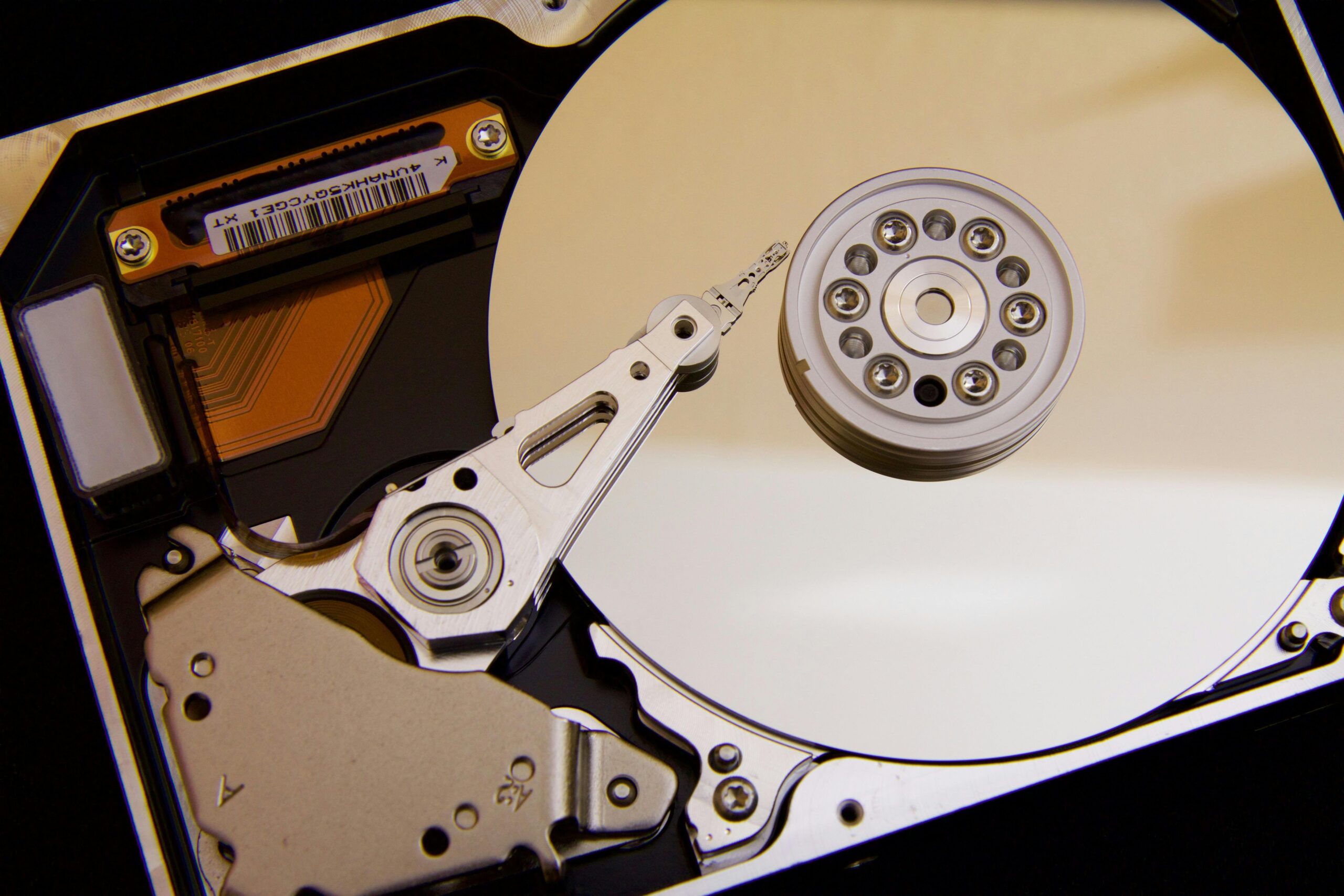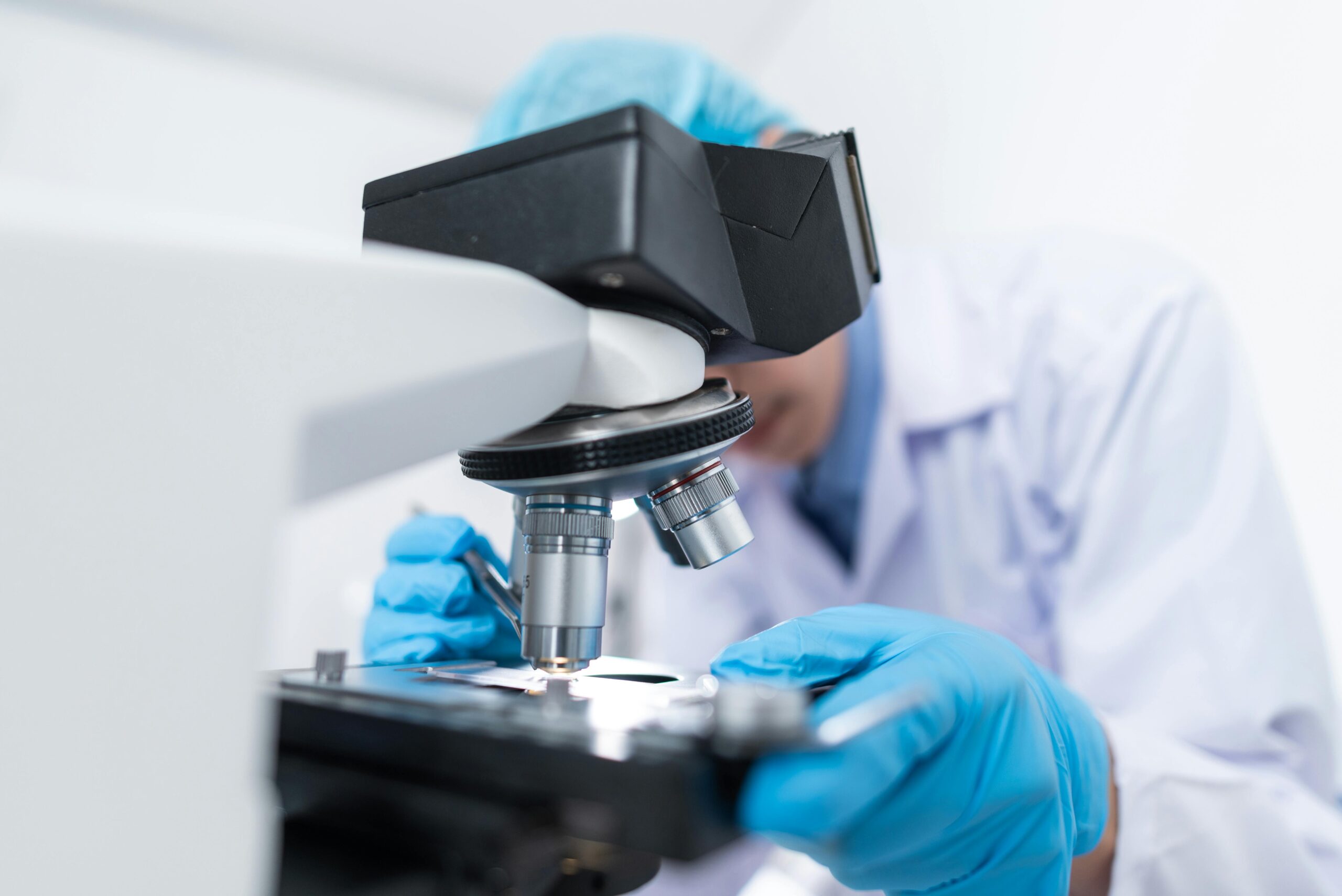The field of regenerative medicine is witnessing a groundbreaking transformation through organoid technology. These miniature, lab-grown organ systems are revolutionizing how we understand human biology, test treatments, and approach healing.
Organoids represent living, three-dimensional cellular structures that mimic the architecture and functionality of real organs. Unlike traditional cell cultures grown flat in petri dishes, these sophisticated biological models capture the complexity of human tissues in ways previously impossible. Scientists worldwide are harnessing this technology to unlock unprecedented opportunities for personalized medicine, drug discovery, and potentially solving the organ shortage crisis that affects thousands of patients annually.
🔬 Understanding Organoids: The Building Blocks of Tomorrow’s Medicine
Organoids are self-organizing, three-dimensional tissue cultures derived from stem cells that replicate the micro-anatomy of actual organs. These miniature organ systems can be grown from pluripotent stem cells or adult stem cells extracted from specific tissues. The remarkable aspect of organoids lies in their ability to differentiate and organize themselves without extensive external guidance, following the biological programming inherent in the cells themselves.
The development process begins with stem cells placed in a specialized growth medium containing specific nutrients and signaling molecules. These conditions encourage the cells to differentiate into various cell types found in the target organ. Over days or weeks, the cells spontaneously organize into structures that mirror the architecture of full-sized organs, complete with multiple cell types and functional characteristics.
Scientists have successfully created organoids representing numerous organs, including brain tissue, intestines, kidneys, liver, lungs, pancreas, and even retinas. Each type requires unique cultivation conditions and growth factors to achieve proper development. The resulting structures range from less than a millimeter to several millimeters in diameter, containing thousands to millions of cells working in concert.
The Science Behind Self-Organization
The self-organizing capacity of organoids stems from fundamental developmental biology principles. Cells possess inherent information about their spatial relationships and functional roles within tissues. When provided with appropriate environmental cues, stem cells naturally undergo the same developmental processes that occur during embryonic organ formation.
This intrinsic organizational capability eliminates the need for artificial scaffolding or complex engineering in many cases. The cells essentially build their own architecture through chemical signaling, cell-to-cell communication, and mechanical interactions. This biological authenticity makes organoids far superior to previous tissue engineering approaches for studying organ development and disease.
💊 Transforming Drug Discovery and Testing
The pharmaceutical industry faces enormous challenges in developing new medications. Traditional drug development relies heavily on animal testing, which often fails to predict human responses accurately. Approximately ninety percent of drugs that appear promising in animal studies fail during human clinical trials, representing billions of dollars in wasted investment and years of lost time.
Organoids offer a revolutionary solution by providing human tissue models for drug screening before expensive clinical trials begin. Researchers can test how human intestinal organoids absorb medications, how liver organoids metabolize compounds, or how kidney organoids handle toxicity. These tests occur in actual human tissue, dramatically improving the predictive value of preclinical research.
Pharmaceutical companies are rapidly adopting organoid technology to accelerate drug development timelines and reduce costs. By identifying ineffective or toxic compounds earlier in the development process, organoids save resources while improving patient safety. This shift represents one of the most significant advances in pharmaceutical research methodology in decades.
Personalized Medicine Through Patient-Derived Organoids
Perhaps the most exciting application involves growing organoids from individual patients’ cells. Doctors can biopsy a small tissue sample, culture organoids from those cells, and test multiple treatment options to determine which medication will work best for that specific patient. This personalized approach is particularly valuable in cancer treatment, where tumors vary dramatically between patients.
Cancer organoids maintain the genetic mutations and characteristics of a patient’s actual tumor. Oncologists can expose these organoids to different chemotherapy drugs, targeted therapies, or combination treatments to identify the most effective protocol before administering potentially toxic medications to the patient. This strategy maximizes treatment success while minimizing unnecessary side effects from ineffective therapies.
🧬 Modeling Human Disease in Unprecedented Detail
Understanding disease mechanisms has always been hampered by the limitations of available research models. Animals provide valuable insights but differ fundamentally from humans in crucial ways. Two-dimensional cell cultures lack the structural complexity of actual tissues. Organoids bridge this gap by providing authentic human tissue models that develop diseases naturally.
Researchers can introduce genetic mutations into stem cells before growing organoids, creating models of inherited diseases. Alternatively, they can derive organoids from patients with specific conditions, capturing the exact genetic and cellular abnormalities present in that disease. These disease models enable scientists to observe how conditions develop from the earliest cellular changes through advanced pathology.
Brain organoids, sometimes called “mini-brains,” have proven particularly valuable for studying neurological conditions. Scientists have created models of autism, schizophrenia, Alzheimer’s disease, and various brain developmental disorders. These models reveal cellular and molecular changes that occur in diseased brain tissue, information impossible to obtain from living patients without invasive procedures.
Infectious Disease Research and Pandemic Preparedness
Organoids have emerged as powerful tools for studying infectious diseases. During the COVID-19 pandemic, lung and airway organoids enabled researchers to understand how SARS-CoV-2 infected human respiratory tissue, which cells the virus targeted, and how infection progressed. This knowledge accelerated vaccine development and therapeutic strategies.
Beyond coronavirus research, organoids help scientists study how various pathogens interact with human tissues. Intestinal organoids reveal mechanisms of foodborne illnesses, while brain organoids illuminate how viruses like Zika cause neurological damage. These models provide safe environments for studying dangerous pathogens without risking human subjects or relying solely on animal models that may not accurately represent human infection.
🏥 The Path Toward Transplantable Organs
The ultimate goal of organoid research extends beyond disease modeling and drug testing toward generating transplantable organs. Thousands of patients die annually waiting for organ transplants, while demand far exceeds the supply of donated organs. Lab-grown organs could theoretically eliminate this shortage entirely.
Current organoids remain too small and lack the vascular systems necessary for transplantation into patients. Organs require extensive blood vessel networks to deliver oxygen and nutrients to all cells. Scientists are developing techniques to incorporate vascular structures into organoids, combining them with bioengineered blood vessels or encouraging the organoids themselves to develop functional vasculature.
Another approach involves assembling multiple organoids into larger structures or using three-dimensional bioprinting technology to create organ-sized constructs. Researchers have successfully transplanted simple organoid-derived tissues into animals, demonstrating proof-of-concept for this revolutionary approach. While fully functional, transplantable human organs remain years away, progress continues accelerating as technologies mature.
Regenerative Therapy Applications Today
Even before achieving full organ replacement, organoid technology is finding clinical applications in regenerative medicine. Researchers are developing organoid-derived cell therapies where cells are extracted from organoids and transplanted to repair damaged tissues. These cells arrive pre-differentiated and organized, potentially improving engraftment and function compared to simple stem cell injections.
Early clinical trials are exploring organoid-based treatments for conditions including macular degeneration, where retinal organoid cells might restore vision, and diabetes, where pancreatic organoid cells could produce insulin. These applications represent the frontier of translating organoid research from laboratory curiosity to practical medical treatment.
🌟 Ethical Considerations and Regulatory Frameworks
As organoid technology advances, it raises important ethical questions that society must address. Brain organoids present particularly complex considerations, as they contain functional neural tissue capable of electrical activity. While current organoids lack the complexity for consciousness, future developments might create structures approaching sentience, demanding careful ethical oversight.
Questions surrounding consent for organoid derivation, ownership of biological materials, and appropriate uses of patient-derived organoids require thoughtful policy development. Regulatory agencies worldwide are working to establish frameworks that protect patient rights while enabling beneficial research to proceed.
The potential for genetic modification of organoids also demands ethical scrutiny. While editing disease-causing mutations offers tremendous therapeutic potential, the technology could theoretically be misused. Establishing clear guidelines for acceptable modifications ensures organoid technology benefits humanity responsibly.
🚀 Technological Innovations Driving Organoid Research Forward
Recent technological advances have dramatically accelerated organoid research capabilities. Automation and high-throughput screening allow researchers to grow and test thousands of organoids simultaneously, enabling large-scale drug screening projects previously impossible. Robotic systems handle the delicate cultivation processes with precision and consistency.
Advanced imaging technologies enable scientists to observe living organoids in unprecedented detail. Confocal microscopy, light-sheet microscopy, and other techniques reveal cellular structures and dynamic processes within organoids without destroying them. Time-lapse imaging captures development over days or weeks, documenting how organoids form and respond to various treatments.
Artificial intelligence and machine learning are revolutionizing organoid analysis. Algorithms can identify subtle changes in organoid structure or function that human observers might miss, predict treatment responses, and optimize cultivation protocols. These computational approaches handle the massive datasets generated by modern organoid research, extracting meaningful insights from complex information.
Microfluidic Organ-on-Chip Systems
Combining organoids with microfluidic technology creates “organ-on-chip” systems that further enhance their utility. These devices incorporate organoids into sophisticated microenvironments with flowing fluids, mechanical stimulation, and connections between different organ types. Such systems more accurately replicate the physiological conditions organs experience in the body.
Multi-organ chips connect different organoid types with flowing media that simulates blood circulation, enabling researchers to study how drugs affect multiple organs simultaneously. These integrated systems reveal drug interactions, metabolism, and toxicity patterns across organ systems, providing even more predictive power for pharmaceutical development.
🌍 Global Collaboration and Future Horizons
Organoid research exemplifies international scientific collaboration. Researchers worldwide share protocols, cell lines, and findings, accelerating progress beyond what any single laboratory could achieve. International consortia coordinate efforts to standardize methods, ensuring reproducibility and enabling meaningful comparisons across studies.
Investment in organoid research continues growing as pharmaceutical companies, biotechnology firms, and government agencies recognize its transformative potential. Funding supports basic research exploring fundamental biology and applied projects developing clinical applications. This financial commitment signals confidence that organoids will deliver on their promise to revolutionize medicine.
Looking forward, organoid technology will likely expand into areas barely imagined today. Bioengineered organoids incorporating synthetic materials might possess enhanced capabilities beyond natural organs. Integration with electronic sensors could create diagnostic tools detecting disease onset before symptoms appear. The convergence of organoid science with fields like nanotechnology, genetics, and artificial intelligence promises innovations we can only begin to envision.
💡 Empowering the Next Generation of Medical Innovation
As organoid technology matures, it democratizes certain aspects of biomedical research. Simplified protocols and commercial availability of organoid systems enable smaller laboratories and institutions to participate in cutting-edge research. This accessibility fosters innovation from diverse sources, potentially yielding breakthrough discoveries from unexpected quarters.
Educational institutions are incorporating organoid technology into curricula, training the next generation of scientists in these revolutionary methods. Students gain hands-on experience with tissue engineering, stem cell biology, and regenerative medicine principles, preparing them for careers advancing healthcare through biological innovation.
The pharmaceutical and biotechnology industries are actively recruiting organoid experts, creating career opportunities in this emerging field. From research scientists developing new organoid models to regulatory specialists navigating approval pathways, organoid technology generates employment across the biomedical sector while addressing critical healthcare needs.

🎯 Realizing the Promise: From Laboratory to Bedside
Translating organoid research into clinical reality requires overcoming significant challenges. Standardization remains crucial, as variations in cultivation methods produce inconsistent results between laboratories. Efforts to establish quality control standards, reference materials, and best practices will ensure organoid-based diagnostics and therapies meet rigorous clinical requirements.
Scaling production presents another hurdle. Creating sufficient organoids for widespread clinical use demands manufacturing capabilities beyond current laboratory-scale methods. Biotech companies are developing bioreactor systems and automated platforms capable of producing organoids at clinical scales while maintaining quality and consistency.
Cost considerations will influence how quickly organoid applications reach patients. Current organoid production remains relatively expensive, though costs decline as technologies mature and production scales increase. Balancing innovation with accessibility ensures organoid-based medicine benefits broad patient populations rather than only those with substantial financial resources.
The journey from revolutionary laboratory discovery to routine clinical application typically spans decades. Organoid technology has progressed remarkably quickly, with the first primitive organoids created barely over a decade ago. Today’s sophisticated models and emerging clinical applications suggest the timeline from discovery to widespread medical use may prove shorter than historical precedents. The convergence of technological capability, biological understanding, and clinical need positions organoid medicine to transform healthcare within the coming decades.
Organoids represent far more than scientific curiosities or incremental improvements over existing methods. They embody a fundamental shift in how we approach human biology, disease understanding, and medical treatment. By capturing the complexity of human organs in controllable laboratory systems, organoids provide windows into biological processes previously hidden from view. They enable personalized medicine tailored to individual patients, accelerate drug discovery that saves lives and resources, and point toward futures where organ failure no longer sentences patients to waiting lists with uncertain outcomes. The revolution in medicine that organoids enable is not merely approaching—it is already underway, transforming research laboratories today and promising to reshape clinical care tomorrow. 🌟
Toni Santos is a biotechnology storyteller and molecular culture researcher exploring the ethical, scientific, and creative dimensions of genetic innovation. Through his studies, Toni examines how science and humanity intersect in laboratories, policies, and ideas that shape the living world. Fascinated by the symbolic and societal meanings of genetics, he investigates how discovery and design co-exist in biology — revealing how DNA editing, cellular engineering, and synthetic creation reflect human curiosity and responsibility. Blending bioethics, science communication, and cultural storytelling, Toni translates the language of molecules into reflections about identity, nature, and evolution. His work is a tribute to: The harmony between science, ethics, and imagination The transformative potential of genetic knowledge The shared responsibility of shaping life through innovation Whether you are passionate about genetics, biotechnology, or the philosophy of science, Toni invites you to explore the code of life — one discovery, one cell, one story at a time.




